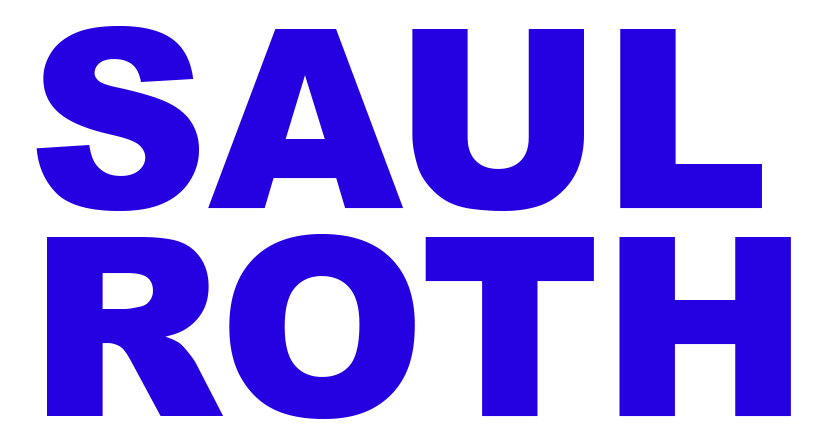
Image Credit: SaulRoth.net
By Saul Roth
Human trafficking is a grave crime that affects millions of people worldwide. The International Labour Organization estimates that there are 21 million victims of forced labor and human trafficking globally. It is a form of modern-day slavery, in which individuals are bought, sold, and exploited for labor or sexual exploitation.
The causes of human trafficking are complex and multifaceted. One of the main causes of trafficking is poverty. People living in poverty are often more vulnerable to being trafficked, as they may be desperate for a means of survival. In many cases, traffickers promise victims well-paying jobs, only to exploit them once they are in their control.
Another cause of human trafficking is conflict and displacement. In times of war and civil unrest, people may flee their homes in search of safety. However, in some cases, these individuals are targeted by traffickers, who exploit their vulnerability for their own gain.
Another factor that contributes to human trafficking is the demand for cheap labor and sexual services. This demand creates a market for traffickers to supply victims to meet this demand, and this drives the supply of human trafficking.
The harm caused by human trafficking is significant and long-lasting. Victims of trafficking are often subject to physical and emotional abuse, and they may be forced to work long hours in dangerous or unsanitary conditions. They may also be forced into sexual exploitation, which can lead to physical and psychological harm, including trauma, sexually transmitted diseases, and unwanted pregnancies.
The criminal penalties for human trafficking vary depending on the country in which the crime is committed. In the United States, human trafficking is a federal crime, and those convicted of trafficking can face severe penalties, including life in prison. In other countries, the penalties may not be as severe, which can make it a more attractive option for traffickers.
To combat human trafficking, law enforcement agencies use a variety of strategies, including investigations and raids, public awareness campaigns, and partnerships with other organizations. One key strategy is to target the demand for trafficking by pursuing and prosecuting those who buy and profit from exploited victims. Law enforcement also works closely with organizations such as NGOs and other non-profits to provide support and assistance to trafficking survivors.
Many governments and organizations are working to prevent human trafficking by addressing the root causes of the problem, such as poverty and displacement. They may also focus on strengthening legal systems and increasing access to education, healthcare and jobs. Also, some countries are focusing on Increasing collaboration among agencies and countries, to share information and resources to better target traffickers.
Human trafficking is a serious crime that affects millions of people worldwide. It is a form of modern-day slavery, in which individuals are bought, sold, and exploited for labor or sexual exploitation. The causes of human trafficking are complex, including poverty, conflict and displacement, and the demand for cheap labor and sexual services. The harm caused by human trafficking is significant, and the criminal penalties for those who commit this crime can be severe. Law enforcement agencies are using a variety of strategies to combat human trafficking, including investigations and raids, public awareness campaigns, and partnerships with other organizations. But to truly combat human trafficking, it is important to address the root causes of the problem and work towards a society where no one is vulnerable to exploitation.

Recent Comments